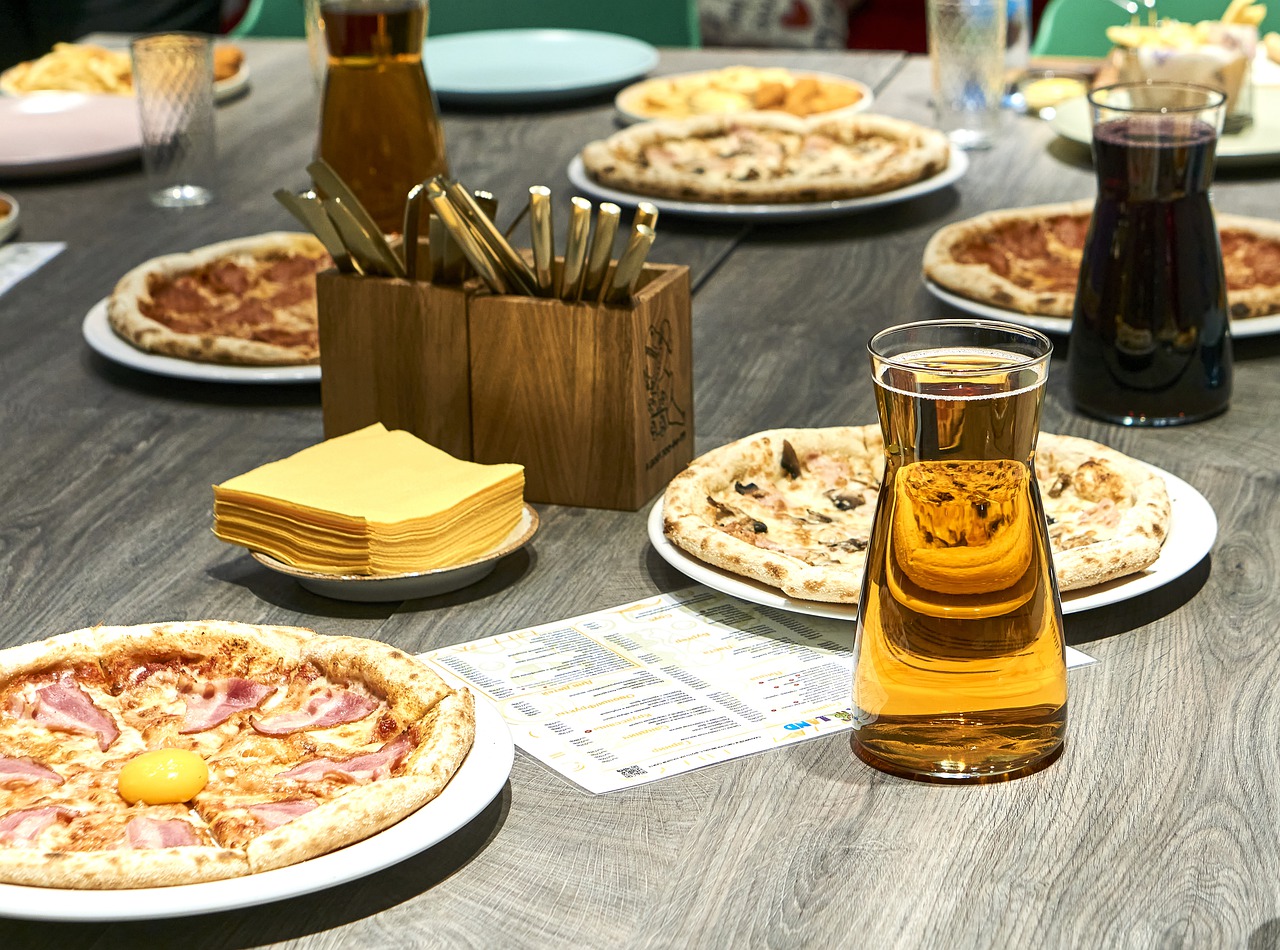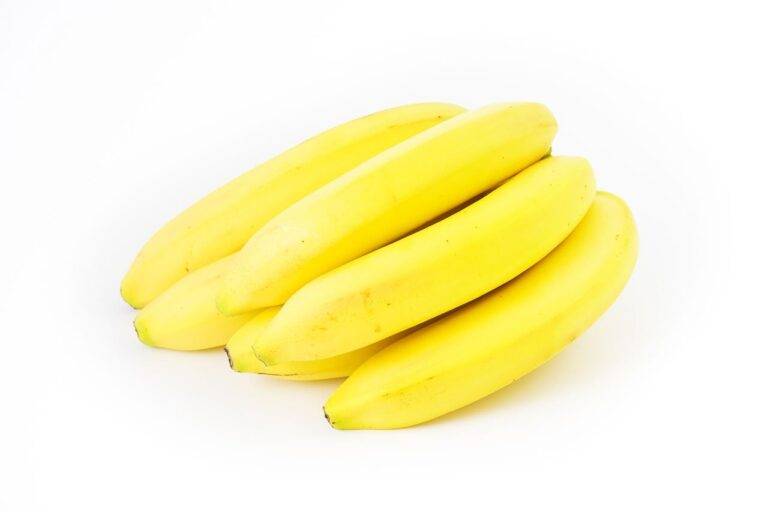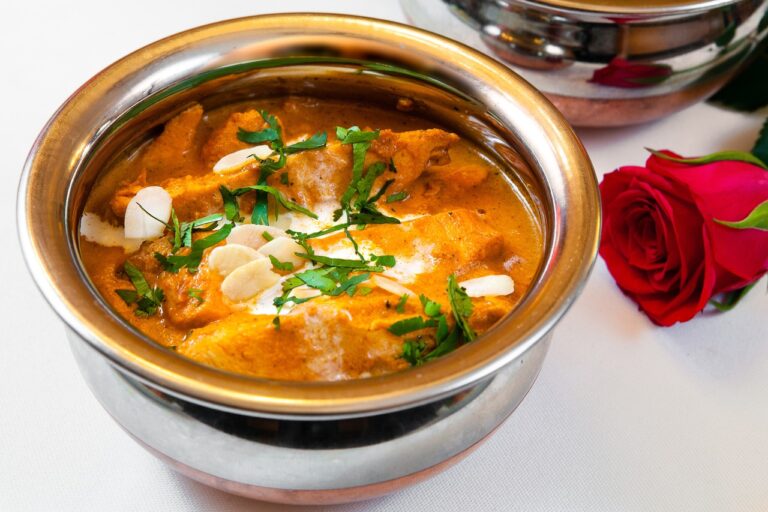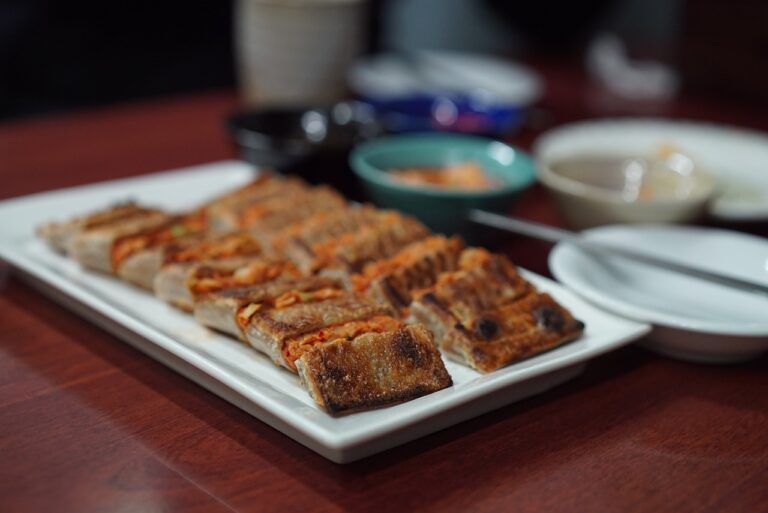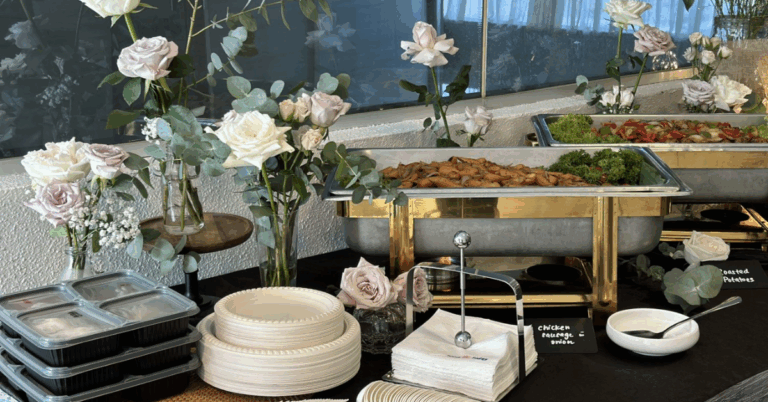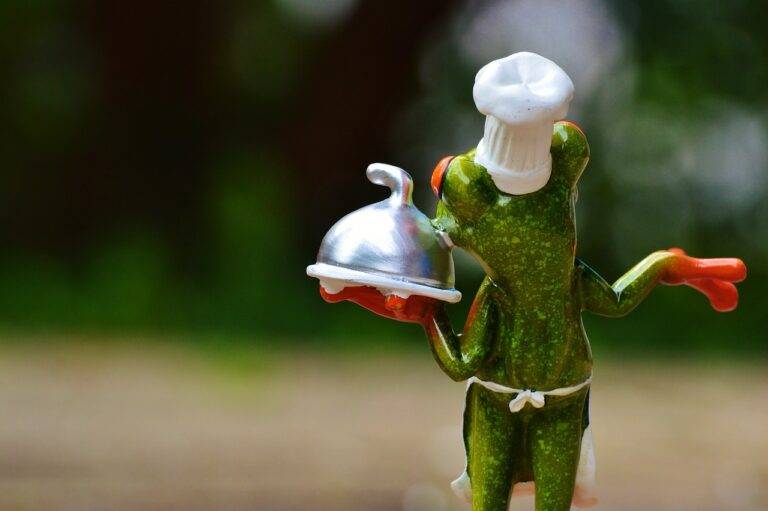Traditional vs. Modern Cooking Methods: Pros and Cons
In the realm of culinary practices, traditional cooking methods have stood the test of time, reflecting the rich cultural heritage of societies across the globe. Embracing age-old techniques that have been passed down through generations, these methods infuse dishes with a depth of flavor and authenticity that is unparalleled. From slow-cooking stews over open flames to fermenting ingredients for enhanced taste, traditional cooking methods celebrate the art of nourishing both body and soul.
The use of simple tools like mortar and pestle or clay pots in traditional cooking techniques emphasizes the connection between humans and the earth. By harnessing the natural elements of fire, water, and air, traditional cooks honor the essence of ingredients, allowing them to shine in their purest form. Whether it’s steaming dumplings in bamboo baskets or roasting meat on hot stones, these methods evoke a sense of timelessness and tradition that continues to captivate food enthusiasts worldwide.
Modern Cooking Methods
The advent of modern cooking methods has revolutionized the way we prepare and enjoy our meals. With the introduction of advanced kitchen appliances such as microwave ovens, induction cooktops, and air fryers, cooking has become more convenient, efficient, and precise. These modern technologies have significantly reduced cooking times, allowing for quick and easy meal preparation even on busy days.
Furthermore, modern cooking methods have also contributed to healthier cooking practices. The use of non-stick cookware and steam cooking techniques helps to retain the nutritional value of ingredients, resulting in healthier and tastier dishes. Additionally, modern appliances often come with built-in timers and temperature controls, ensuring that food is cooked to perfection every time.
Historical Significance of Traditional Methods
Many traditional cooking methods have deep-rooted historical significance that spans generations. Passed down from ancestors, these techniques not only preserve cultural heritage but also embody the wisdom and knowledge of our predecessors. Traditional methods such as using clay pots, open fire cooking, and fermenting have stood the test of time, reflecting the resourcefulness and creativity of past societies.
Historically, traditional cooking methods played a vital role in community building and cultural rituals. In many cultures, the act of preparing and sharing food using traditional techniques was a way to strengthen bonds among family members and neighbors. These methods were often used in celebrations, religious ceremonies, and daily life, shaping the identity and traditions of various societies around the world.
What are some examples of traditional cooking methods?
Some examples of traditional cooking methods include grilling, roasting, baking, steaming, and fermenting.
How do modern cooking methods differ from traditional methods?
Modern cooking methods often involve the use of technology such as ovens, microwaves, and sous vide machines, while traditional methods rely on simple tools like fire and pots.
What is the historical significance of traditional cooking methods?
Traditional cooking methods have been passed down through generations and play a vital role in preserving cultural heritage and identity. They also often utilize locally sourced ingredients and sustainable practices.

